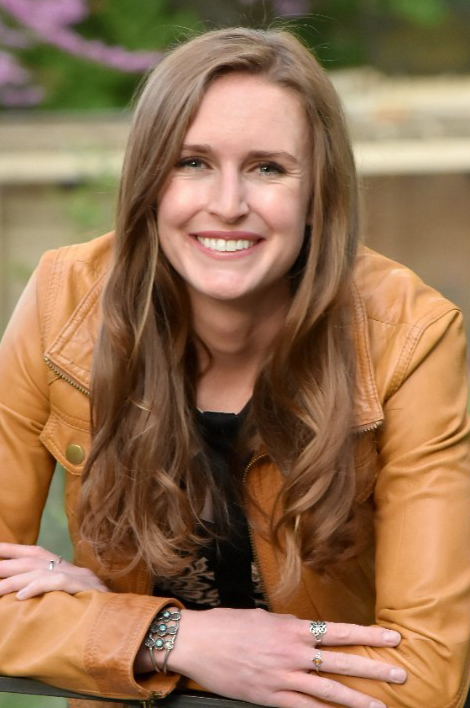Does Brachytherapy Need a Resurrection?
Most radiation oncology residents don’t jump at the idea of becoming a brachytherapist. A few out there are passionate about the semi-surgical nature of it and the populations whom it commonly serves, but if you asked a handful of residents if they wanted to do brachytherapy as part of their practice, most would probably shrug their shoulders. In a study published in the Red Journal in 2019, 2% of PGY4 and PGY5 residents responded with low enthusiasm for pursuing brachytherapy fellowship training, even though 96% appreciated the importance of brachytherapy training during residency.1
A few out there are passionate about the semi-surgical nature of it and the populations whom it commonly serves, but if you asked a handful of residents if they wanted to do brachytherapy as part of their practice, most would probably shrug their shoulders.
As someone who initially thought I’d be a surgeon, the hands-on procedural nature of brachytherapy is highly appealing. But the inefficiencies of not having block operating room time, rotating ancillary staff who continuously need training, and general lack of excitement around the practice have hampered my enthusiasm (albeit only marginally, as I still love working with my hands beyond contouring).
One main confounding factor in resident apathy is the variety of brachytherapy experiences in residency. The most common disease sites for brachytherapy are gynecologic, followed by prostate, breast, and skin. But broad exposure to these different disease sites varies greatly between training programs. Moreover, caseloads, deemed to be the most significant barrier in becoming an independent brachytherapist,1 are not necessarily representative of skill or comfort with procedures. Barely half of residents were confident in developing their own brachytherapy practice, with a direct correlation to volume of cases (ie, the more cases a resident had completed, the more confident they were in their abilities and willingness to pursue brachytherapy long term).1 In a similar study in Europe, only 34% of residents reported confidence in being a brachytherapist after residency.2
That said, rates of brachytherapy use are declining.3 The reason is multifactorial, with contributions from patient demographics, alternate radiation modalities,4 and low reimbursements. Another factor may be related to resident training curriculums and the lack of robust training opportunities (which are realistic to complete during residency).
The American Brachytherapy Society provides a strong community for brachytherapists and physicists, but it does little to engage radiation oncology residents (at least, based on personal experience in residency and relative to other national radiotherapy organizations). There are perhaps missed opportunities for mentorship, training, and inspiration.
So while there may be a gradual decline in interest due to reduced utilization, the lack of a standardized training curriculum paired with inadequate access to mentors and high caseload volumes only further decrease confidence and curiosity in brachytherapy.
For some, the interest will never be there. And that’s okay. What needs to be available is the opportunity to obtain a high proficiency in brachytherapy training if residents are interested, and to nurture this excitement via mentorship and educational exploration.
References
- Marcrom SR, Kahn JM, Colbert LE, et al. Brachytherapy training survey of radiation oncology residents. Int J Radiat Oncol Biol Phys. 2019;103(3):557-560. doi:10.1016/j.ijrobp.2018.10.023
- Sturdza AE, Stephanides M, Jurgenliemk-Schulz I, et al. Brachytherapy training survey among radiation oncology residents in Europe. Radiother Oncol. 2022;177:172-178. doi:10.1016/j.radonc.2022.10.030
- Orio PF, Nguyen PL, Buzurovic I, Cail DW, Chen Y-W. Prostate brachytherapy case volumes by academic and nonacademic practices: implications for future residency training. Int J Radiat Oncol Biol Phys. 2016;96(3):624-628. doi:10.1016/j.ijrobp.2016.07.013
- Gill BS, Lin JF, Krivak TC, et al. National Cancer Data Base analysis of radiation therapy consolidation modality for cervical cancer: the impact of new technological advancements. Int J Radiat Oncol Biol Phys. 2014;90(5):1083-1090. doi:10.1016/j.ijrobp.2014.07.017

Kyra N. McComas, MD
PGY5 chief resident, Department of Radiation Oncology, Vanderbilt University Medical Center.